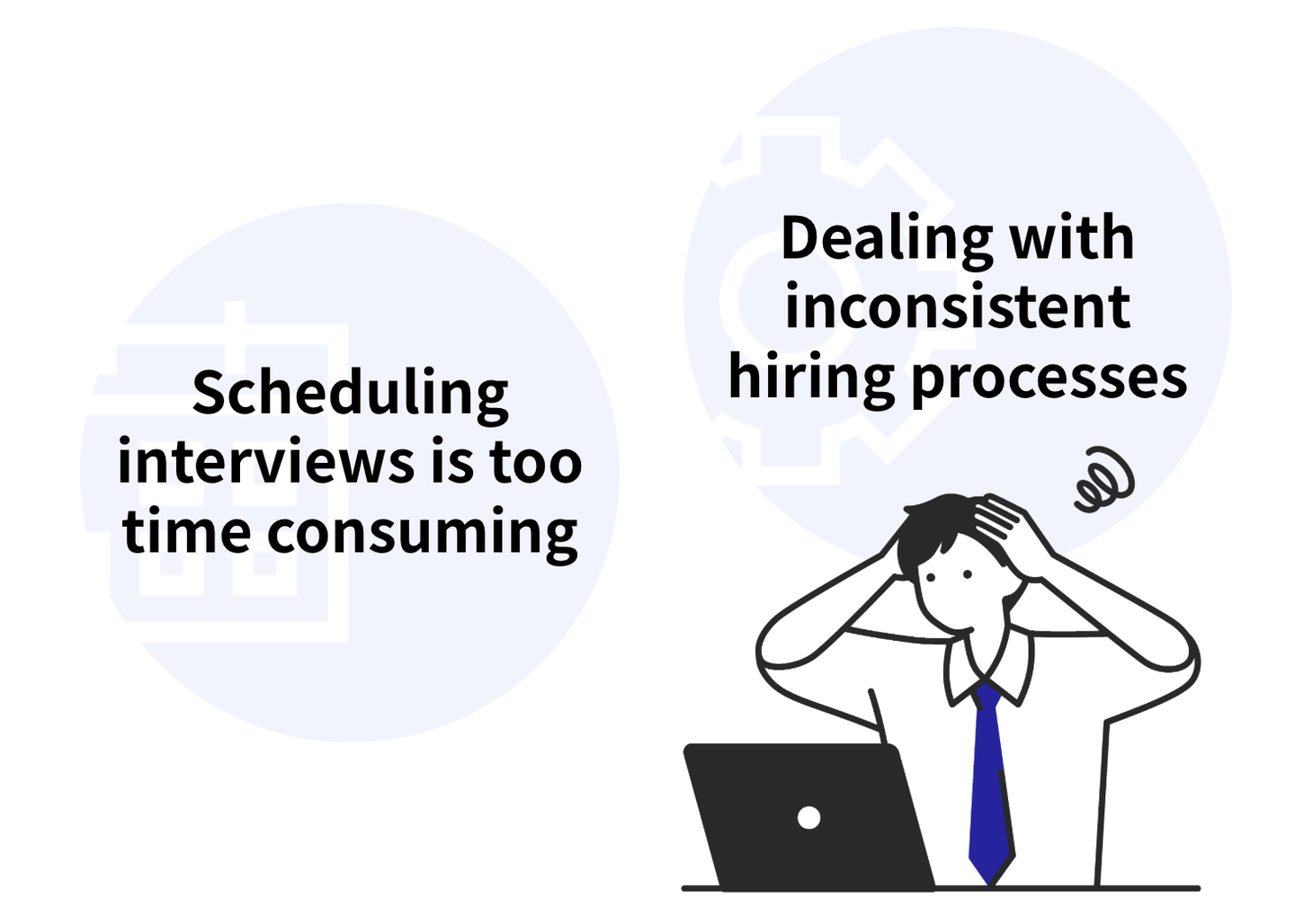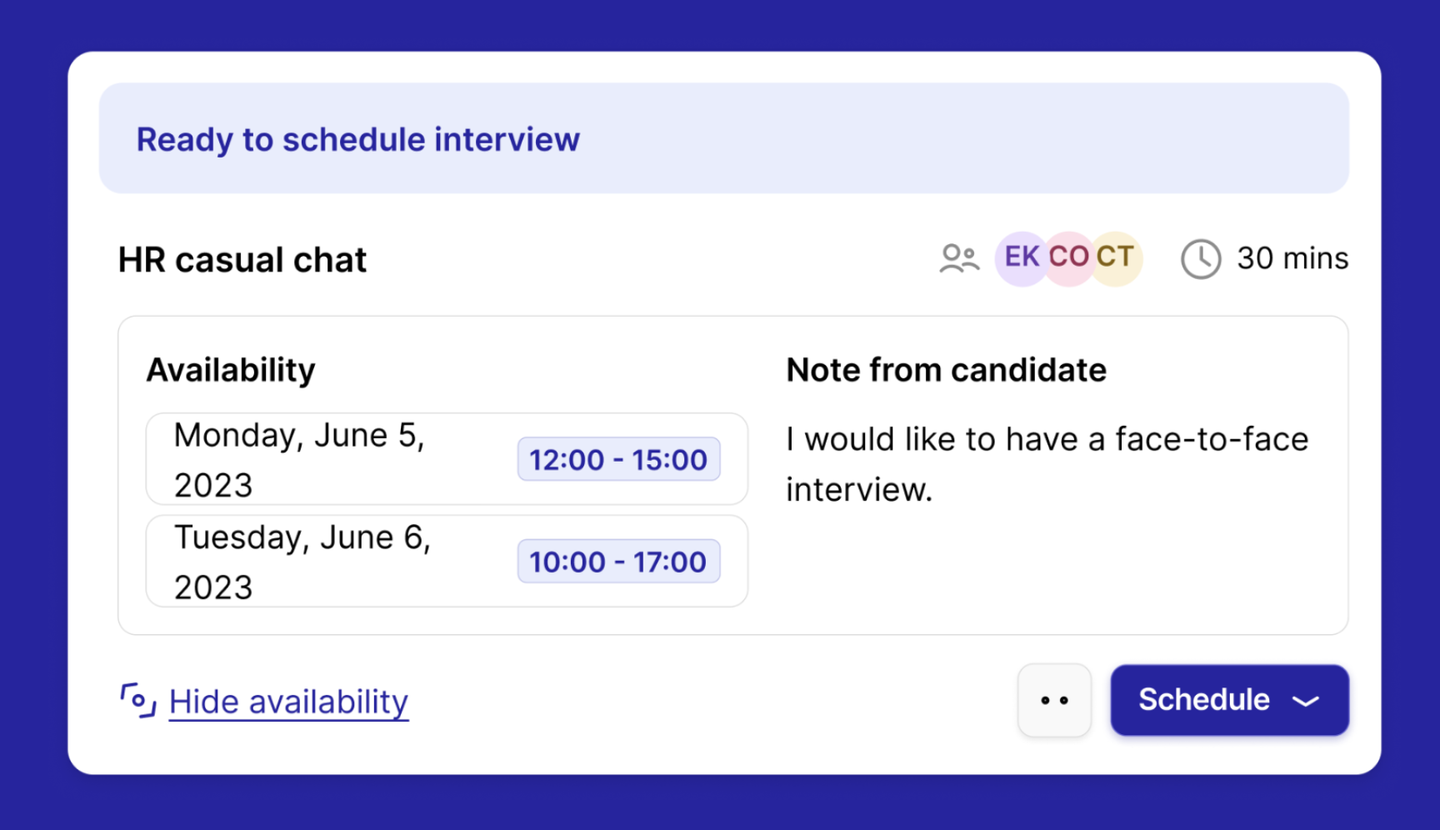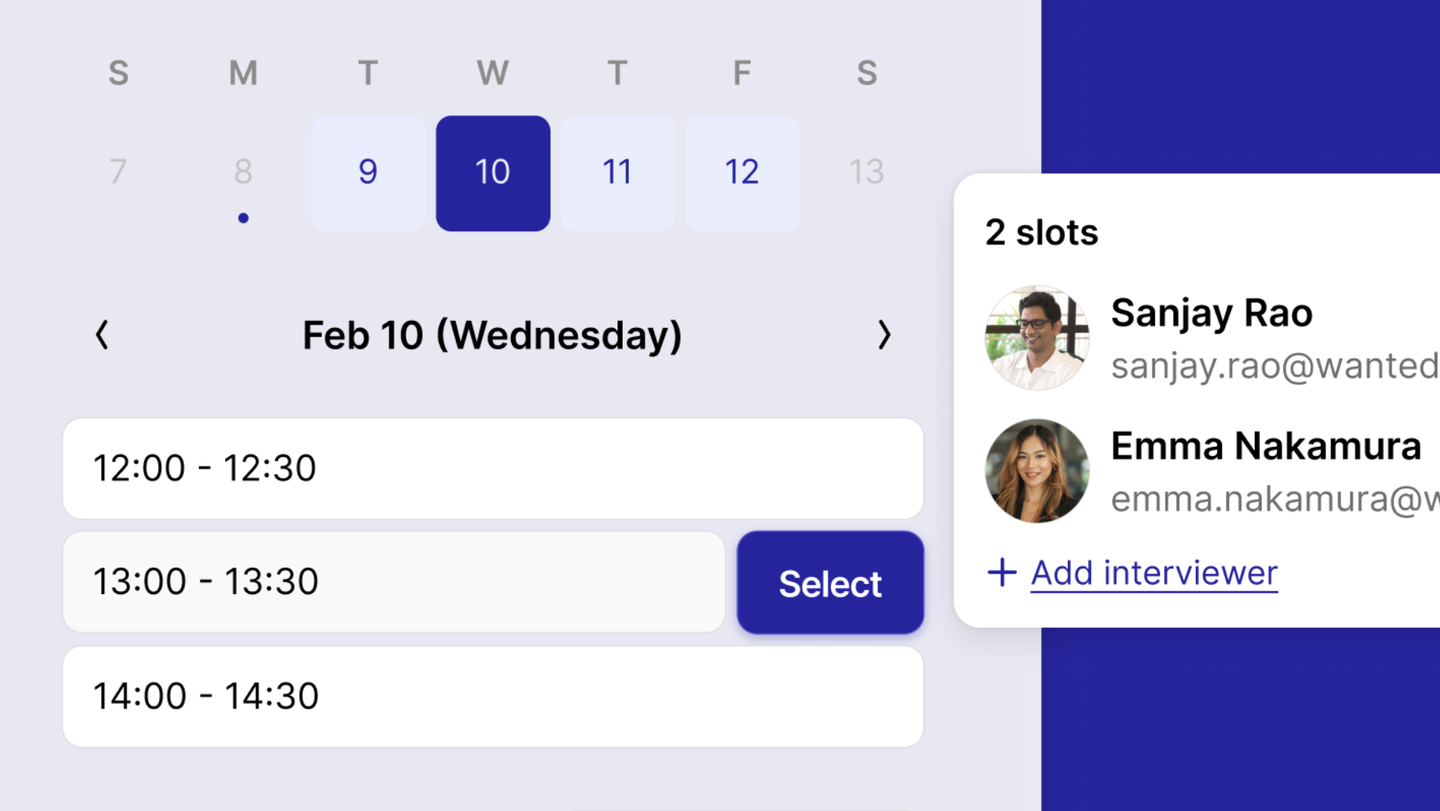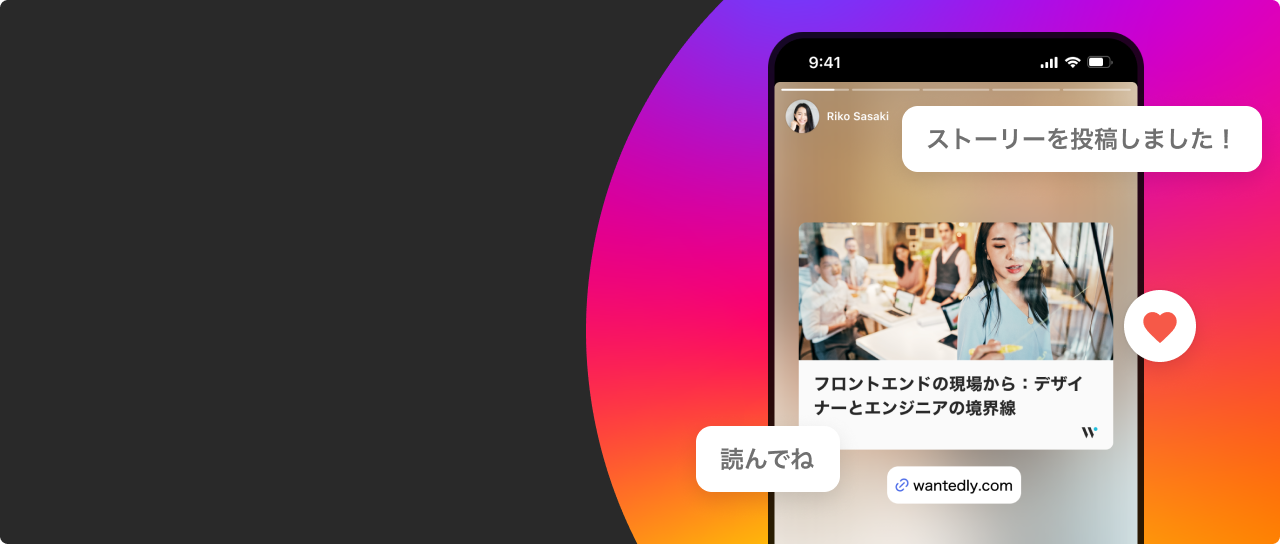#HireSuccess - How to Automate Interview Scheduling for Multiple Interviewers: A Complete 2026 Guide
How to Automate Interview Scheduling
Coordinating interviews should be simple. Yet when multiple interviewers are involved, the process quickly turns into one of the biggest bottlenecks in recruitment. Hiring managers, technical experts, and HR teams all need to be aligned, and one scheduling misstep can delay the entire pipeline.
That is why recruiters ahead of 2026 are asking: how to automate interview scheduling for multiple interviewers. The answer lies in using an applicant tracking system (ATS) that embeds scheduling into the hiring process. By automating overlap detection, confirmations, and reminders, recruiters save hours each week while candidates enjoy a smoother, more professional experience.
This guide explores why multi-interviewer scheduling is so difficult, how automation solves it, what features to look for, and the step-by-step process to adopt it effectively. It also shows how Wantedly Hire helps companies streamline scheduling as part of a connected hiring workflow.

Why Multi-Interviewer Scheduling Is A Persistent Bottleneck
Multi-interviewer scheduling involves arranging more than one interviewer to participate, either simultaneously in a panel or sequentially. Unlike one-on-one interviews, this format requires aligning multiple calendars, a task that introduces considerable complexity and makes the process far more difficult to manage.
In Singapore, the average time-to-fill for jobs is a significant industry challenge, with various recruitment firms citing a time-to-hire of around 44 days. Across Asia-Pacific, candidates continue to expect a swift process. A Gartner survey found that nearly half of job candidates backed out of an accepted offer before their first day. The same research revealed that in a competitive market, candidates often receive multiple job offers, with some surveys showing that up to 44% of prospective candidates received more than one offer in a given quarter. Every extra day of delay in the hiring process risks losing a top candidate to a faster competitor.
Candidates also judge the experience itself. A 2024 candidate survey revealed that many applicants drop out when interviews take too long to arrange or when communications feel disorganised. This is particularly visible in competitive tech hiring across Singapore and Hong Kong.
Takeaway: Scheduling is often invisible until it becomes the reason candidates drop out of the process. Automating it removes unnecessary friction.
What Automated Interview Scheduling Means In 2026
Automation takes the manual effort out of finding times, confirming bookings, and sending reminders. Instead of coordinators acting as intermediaries, systems handle logistics in real time.
By 2026, hiring is taking place in unusually tight labour markets. The OECD reports that labour shortages remain elevated; for example, in April 2025 one in six firms in industry and one in four firms in services in the euro area said a lack of labour was limiting production. In this context, slow or confusing scheduling wastes recruiter time and risks losing candidates, which can also weaken the employer brand.
In practice, recruiters select interviewers in the ATS, and the system checks availability to find overlapping slots. Candidates then receive a branded scheduling link, select a time, and get instant confirmation. Reminders go out automatically, which reduces no-shows. If someone cancels, new slots are recalculated and re-offered without delay.
With Wantedly Hire, this is exactly how scheduling works. It integrates availability rules, candidate links, reminders, and analytics inside the ATS.

How Automation Solves The Multi-Interviewer Challenge
Automation is especially valuable when complexity peaks.
Instant overlap detection ensures recruiters no longer waste hours manually checking schedules. The system scans calendars and identifies the earliest common slot across all required interviewers.
Flexible rescheduling prevents cascading delays. If one person cancels or a candidate requests a change, the system recalculates automatically and offers fresh options.
Time-zone coordination is simplified. For regional hiring across Singapore, Tokyo, and Jakarta, automation handles conversions and proposes viable shared slots without error.
Candidate-first communication demonstrates respect for the candidate’s time and attention. Clear links, confirmations, and reminders reduce anxiety and increase engagement. Candidates interpret this efficiency as a reflection of culture and values, which strengthens employer branding.
Wantedly Hire handles these challenges natively with features like multi-interviewer logic, scheduling links, and automated reminders.

Benefits Of Automating Scheduling For Multiple Interviewers
Faster hiring cycles allow teams to compress scheduling phases and reduce overall time-to-hire. Studies show automation shortens scheduling by 20 to 30%. Instead of waiting three days to align a panel, interviews can be confirmed within hours.
Reduced recruiter workload frees time for more strategic activities such as candidate engagement and sourcing. Recruiters no longer act as human schedulers, and some teams find they can handle twice as many requisitions once automation is in place.
Improved candidate experience directly impacts acceptance rates. Candidates who receive clear instructions and instant confirmations are less likely to withdraw. In Asia, where talent often juggles multiple offers, responsiveness can tip the decision in your favour.
Employer branding advantage is a natural by-product. A seamless scheduling process signals professionalism and respect. Since employer branding is at the heart of Wantedly’s DNA, this point is particularly important: automation reflects how a company values people, not just efficiency.
Actionable insights allow managers to analyse bottlenecks. Data reveals where delays occur, whether technical panels are under-resourced, and how withdrawals correlate with slow scheduling.
In Wantedly Hire, these gains are visible in real time through ATS dashboards that track withdrawals, bottlenecks, and projected hiring timelines.
What To Look For In An Interview Scheduling Solution
When evaluating tools, focus on capabilities that directly address multi-interviewer realities.
Logical availability rules let you set AND/OR conditions across interviewers. This prevents scheduling from being blocked by optional attendees while ensuring key decision-makers are always present.
Candidate scheduling links allow applicants to book from pre-approved times without back-and-forth emails. This empowers candidates and accelerates timelines.
Integrated communications provide confirmations and reminders at the right moments. Automated messaging reduces no-shows while keeping candidates informed.
Calendar and Slack support means recruiters and interviewers get updates in the tools they already use. Integration with Google, Outlook, and Slack ensures adoption sticks.
ATS integration ties scheduling to the broader pipeline. Instead of being a stand-alone widget, scheduling becomes part of the same workflow that manages candidates and feedback.
These are all features Wantedly Hire offers natively, which eliminates the inefficiencies of bolt-on schedulers.

The 6-Step Multi-Interviewer Scheduling Framework
To roll out automation effectively, follow this structured framework:
- Map formats and participants
Define whether each role requires one-on-one, panel, or sequential interviews. Clarify which attendees are mandatory and where flexibility exists. This foundation ensures the scheduler applies rules accurately. - Connect calendars and Slack
Require all interviewers to sync their calendars. Turn on Slack notifications so updates appear in real time. Incomplete coverage undermines automation. - Configure scheduling links and templates
Set slot lengths, buffers, and working hours. Draft branded confirmation and reminder templates that feel professional and candidate-friendly. - Automate stage transitions
Pair scheduling with pipeline movement so invitations and reminders are sent automatically when candidates advance. This keeps processes moving without manual intervention. - Pilot, then scale
Start small with one department, test thoroughly, and refine templates. Once stable, roll out company-wide. - Measure and optimise
Track time-to-schedule, reschedule frequency, and withdrawal reasons. Use analytics to rebalance workloads and continuously improve.
Wantedly Hire supports each step with fast setup, CSV migration, and guided onboarding so teams can implement the framework smoothly.
Common Pitfalls In Interview Scheduling Automation And How To Fix Them
Incomplete calendar integration often breaks automation. If even one interviewer fails to connect their calendar, overlap detection fails. The fix is to make calendar sync mandatory for all interviewers during onboarding.
Overcomplicated workflows slow down automation. Too many approval steps or conditions create unnecessary friction. The solution is to start simple, then add complexity once the system stabilises.
Generic or robotic candidate communications weaken the experience. Candidates may feel undervalued if reminders and confirmations sound cold. Clear, branded, and concise templates solve this issue.
Neglecting interviewer accountability undermines scheduling. If interviewers fail to update their calendars, the system produces inaccurate results. Recruiters should set expectations and assign ownership for calendar hygiene.
Lack of continuous review means the same issues recur. Teams that do not track scheduling metrics cannot identify bottlenecks. Reviewing analytics regularly ensures improvements stick.
Wantedly Hire: ATS Scheduling
Wantedly Hire centralises scheduling inside the ATS. Recruiters choose interviewers, let the system compute overlaps, and send candidates scheduling links with automated reminders. Confirmations and reschedules are logged alongside candidate data, and Slack notifications keep stakeholders updated.
Because scheduling is integrated, recruiters avoid juggling separate tools. Candidates see efficiency, interviewers receive timely nudges, and managers gain transparency over bottlenecks.
If your team wants to reduce coordination overhead, explore how Wantedly Hire integrates scheduling into your ATS.
FAQs
Q: Can automation handle last-minute changes across multiple interviewers?
A: Yes. Updated calendars trigger recalculations, and candidates automatically receive new options.
Q: What if our company uses different calendars or tools?
A: Wantedly Hire supports Google Workspace, Outlook, and Slack, so hybrid setups work seamlessly.
Q: Does automation make scheduling impersonal?
A: No. Automation actually strengthens candidate experience by reducing delays and providing clarity.
Q: Can external advisors or board members be included?
A: Yes, as long as their calendars are connected. For advisors without company accounts, temporary integrations can still allow scheduling links to align availability.
Q: What about group interviews versus individual interviews?
A: Automation works for both. Sequential individual sessions are handled with buffers, and panels are scheduled using overlap detection.
Q: Does scheduling automation integrate with video conferencing tools?
A: Yes. Interviews scheduled in systems like Hire can automatically generate meeting links in platforms such as Zoom or Microsoft Teams, depending on integration settings.
Automate Logistics, Focus On Decisions
Multi-interviewer scheduling is one of the toughest recruitment challenges. Left manual, it slows down hiring and frustrates candidates. Automation inside the ATS eliminates these frictions and shortens time-to-hire.
Wantedly Hire brings this to life with scheduling links, calendar sync, reminders, and analytics, all in the same system that manages candidate pipelines.
If your team wants to reduce scheduling delays and strengthen candidate experience, see how Wantedly Hire fits into your process.
Action Steps Recap
- Audit your current scheduling bottlenecks.
- Pilot automation with one role or department.
- Measure improvements in speed and withdrawals.
- Expand automation across teams once stable.
Result: Faster hiring cycles, better candidate experiences, and stronger employer branding.
Wantedly Hire is an application tracking system optimised for modern hiring practices. Experience seamless hiring with tailored workflows designed to align with your recruitment structure, automated interview scheduling, and actionable insights to optimise hiring performance!
Sign up for a demo and enjoy a limited-time discount on your subscription.







